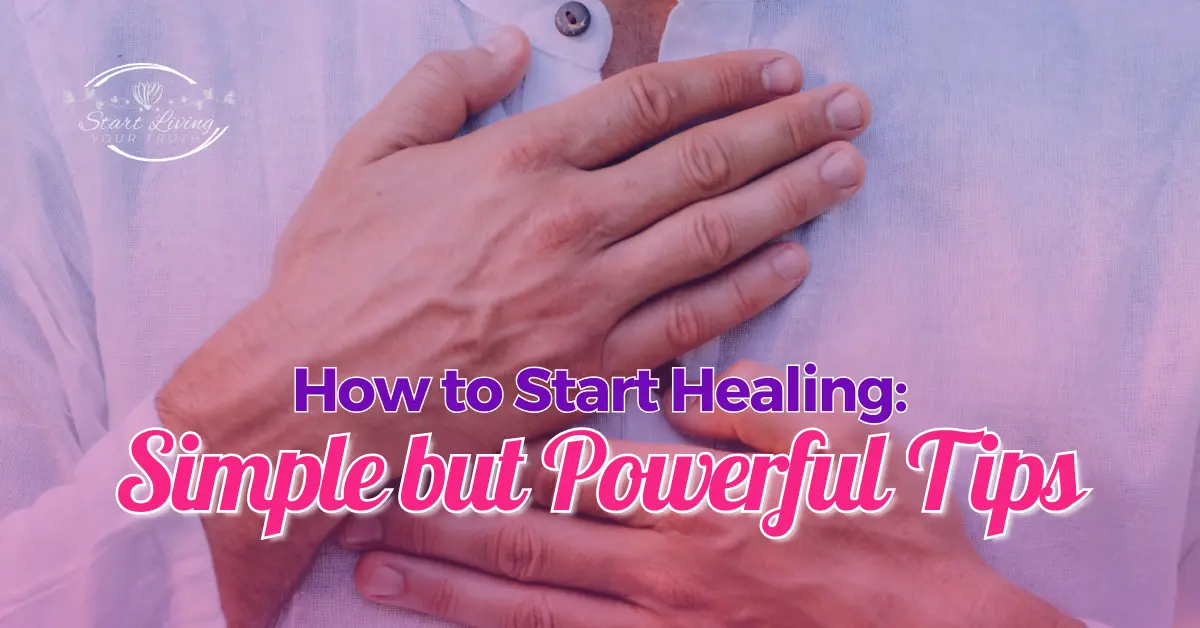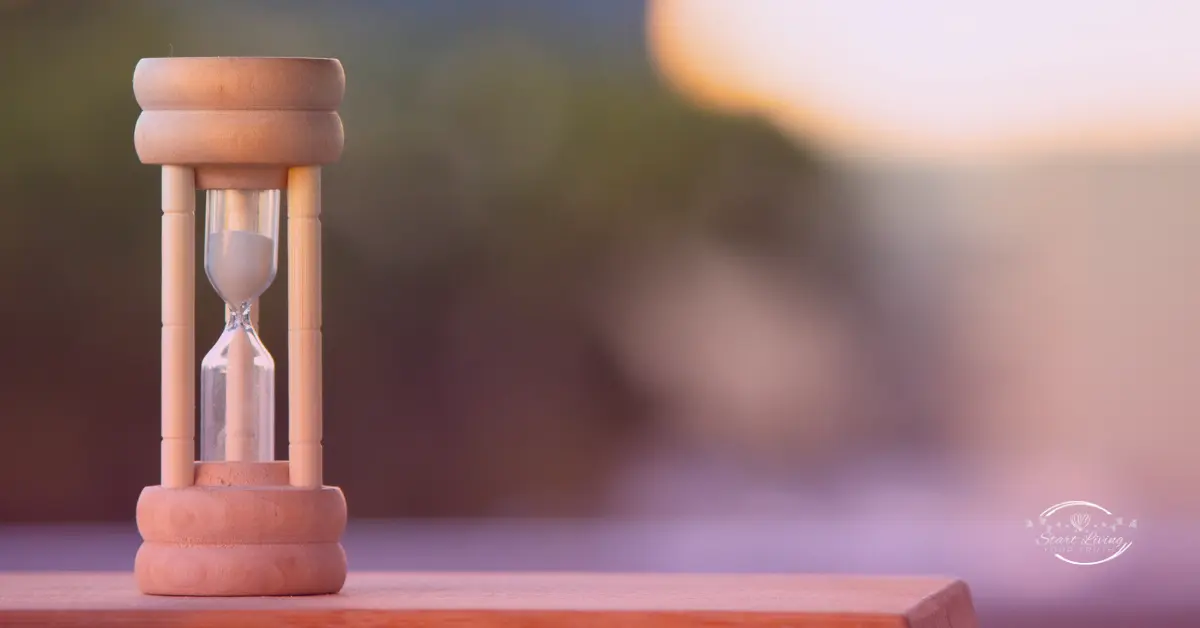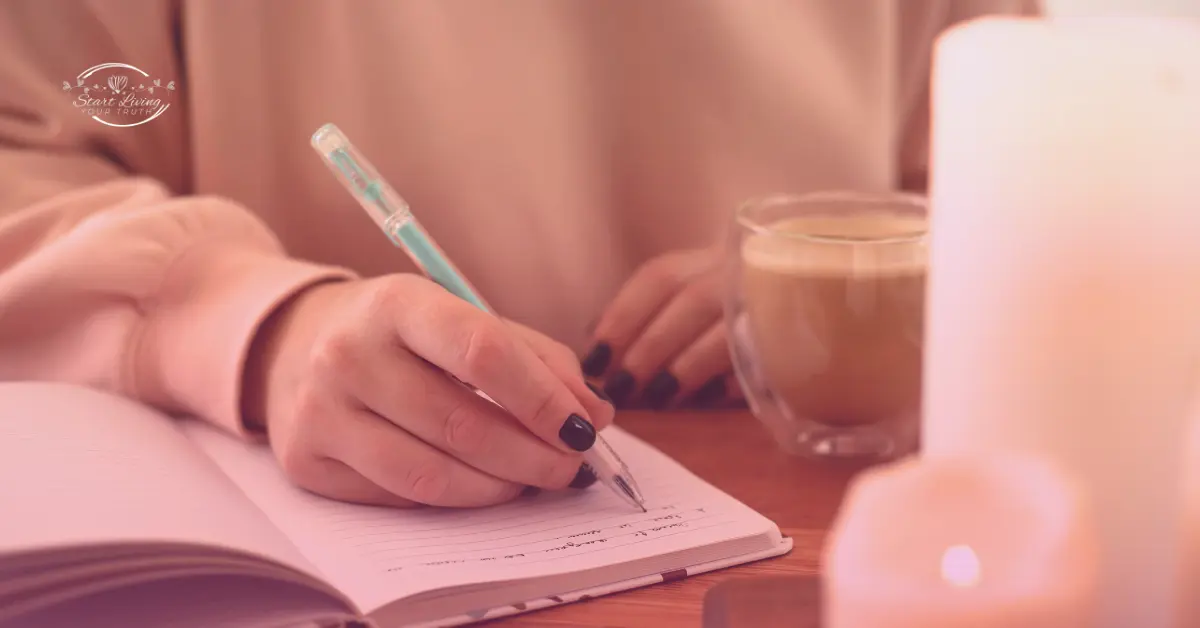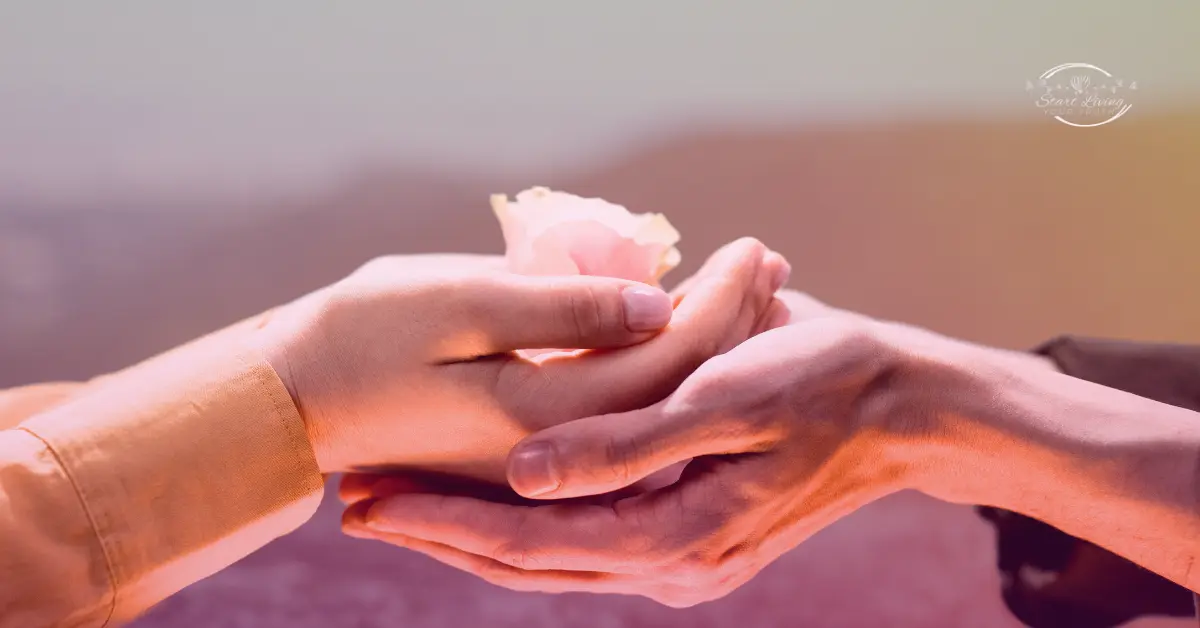
January is almost over, and I feel like I need to share something important with you. Last month, when I ran my survey, 75% of people said they struggle with knowing where or how to start healing. If that sounds familiar, this message is for you.
Healing isn’t always easy, but it’s possible. You’re not broken, and there’s nothing wrong with you for feeling stuck or unsure of where to begin. Let’s talk about how you can start healing today in a way that works for you.

Healing isn’t a “one-size-fits-all” process. Everyone processes pain and trauma differently. Some of us are more logical, needing steps and structure to move forward. Others are more emotional, healing through feelings and intuition.
There are hundreds, maybe thousands, of healing methods out there. I’ve tried many of them myself. Some worked brilliantly and left me feeling lighter and freer. Others didn’t work at all. And even the ones that worked the first time didn’t always work again.
Why? Because healing isn’t about finding one magic solution. What works for you today might not work tomorrow. Healing changes as you change. That’s why it’s so important to stop chasing the “perfect” fix and instead focus on what feels right for you at this moment.
If you’re not sure where to start, resources like the The One Question That Helps You Start Healing After Trauma can help you get clarity and build confidence in your next step.

The most important thing you can do is listen to you. No one else knows what you need better than you do. Your mind, body, and even your soul will guide you if you pay attention. Maybe you’re drawn to a specific tool, book, or person. Maybe you feel the urge to try something new.
If something feels right, explore it. If it doesn’t, trust that feeling too. Healing is deeply personal, and what works for someone else might not work for you. Trusting yourself is key.
If you’re struggling with understanding your feelings, the Find Your Real Values & Drop What's Not Yours in Under an Hour can help you name your emotions and work through them more clearly.

It’s easy to think healing happens quickly. You read a book, attend a therapy session, or do some energy work, and the next day, everything feels better. But most of the time, healing isn’t instant.
Sometimes, you’ll see results right away. Other times, it’s slower. You might think, That didn’t work at all, only to realize later that it helped in ways you didn’t expect.
For example, I’ve had moments where I thought something was a waste of time and money. Then, weeks or months later, I noticed I wasn’t triggered by situations that used to upset me. The work had created a shift, but it took time for me to see it.
Healing unfolds at its own pace. It’s not about “fixing” yourself overnight. It’s about showing up, doing the work, and trusting the process, even when the results aren’t immediate.

Many people feel stuck because they believe in myths about what healing should look like. Let’s break a few of those down:
Believing these myths can make you feel like you’re failing when you’re not. Remember, healing is messy, imperfect, and deeply personal—and that’s okay.

One of the main reasons people feel stuck is not knowing where to begin. Another big reason is fear. Fear of failing. Fear of facing pain. Fear of not knowing who you’ll be without your struggles.
But here’s the thing: healing doesn’t have to happen all at once. It’s okay to start small. For example, taking a self-sabotage quiz can help you identify ways you might be holding yourself back. This clarity can give you the confidence to take the next step.

Awareness is one of the most powerful tools in the healing process. Without it, it’s like trying to fix something in the dark. The more you understand your emotions, triggers, and patterns, the easier it becomes to make changes.
If awareness feels hard for you, using a checklist or guide can help you identify what’s holding you back and where to focus your energy. For example, noticing a repeated negative thought or recognizing a situation that drains you is the first step toward change.

Healing isn’t just about doing the work—it’s about being kind to yourself along the way. Many people are their own harshest critics, especially when progress feels slow or when they fall back into old habits.
But healing is not about perfection. It’s about progress. Self-compassion gives you the strength to keep going when things get tough. Learning to talk to yourself with kindness, patience, and understanding is just as important as any tool or method you try.

When you’re healing, boundaries are essential. A lot of people feel drained or stuck because they’re giving too much to others and not enough to themselves. Setting boundaries with your time, energy, and emotions creates the space you need to heal.
If you’re not sure how to start setting boundaries, or if the idea feels overwhelming, the 15 Healing Shifts - What You Usually Do vs What Actually Helps Guide is a great tool to help. With 22 pages of clear, actionable steps, it can save you time and energy while helping you focus on what matters most.

Healing is possible for everyone, and that includes you. It might not always feel easy, but it’s worth it. You deserve to feel at peace with yourself and to live a life where you matter.
Take responsibility for your healing. Trust yourself. Be patient. And remember, healing isn’t about doing everything perfectly—it’s about showing up for yourself because you are worth it.
Your voice, your feelings, and your needs matter. It’s time to start treating yourself like they do. You can do this.